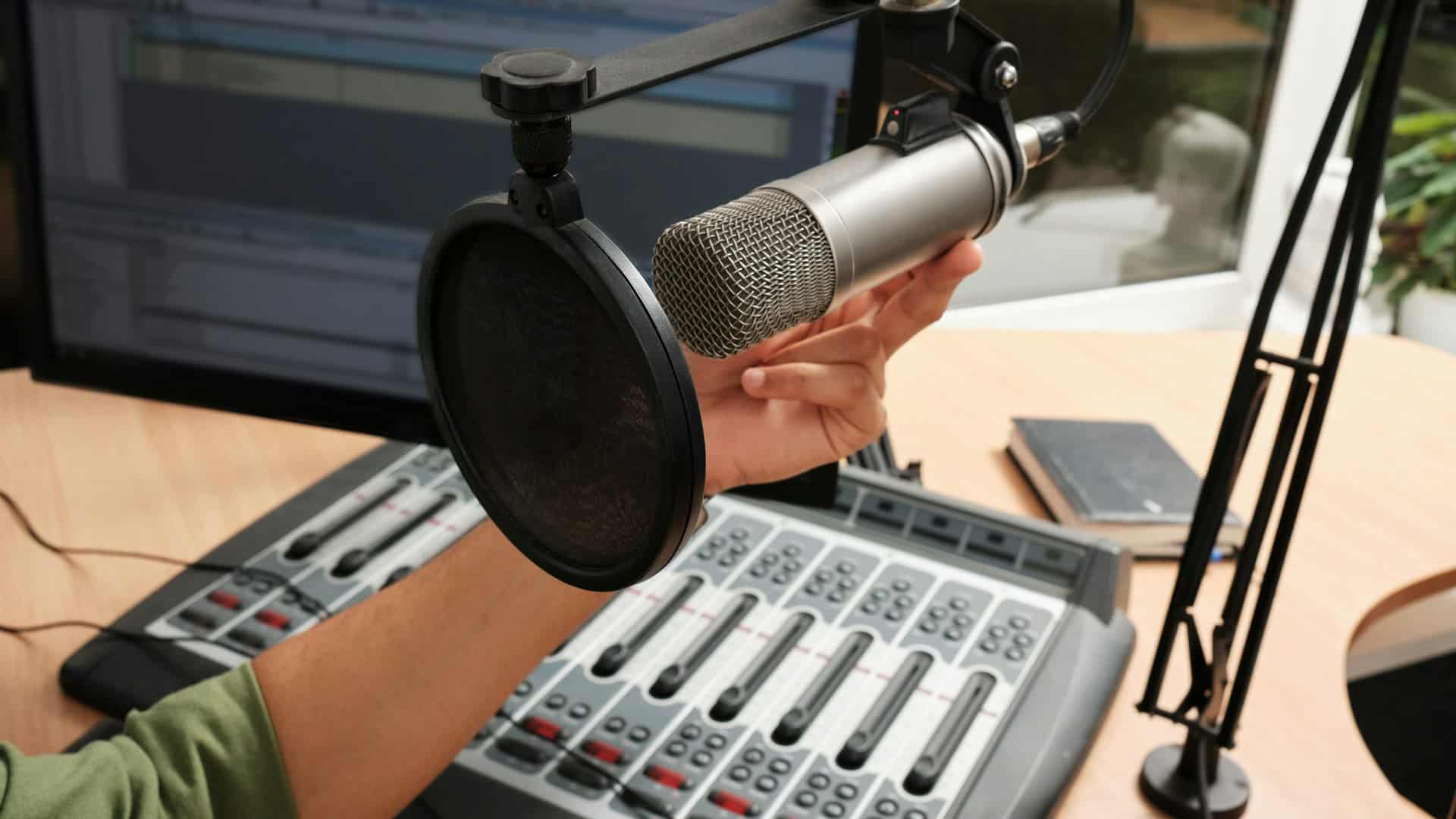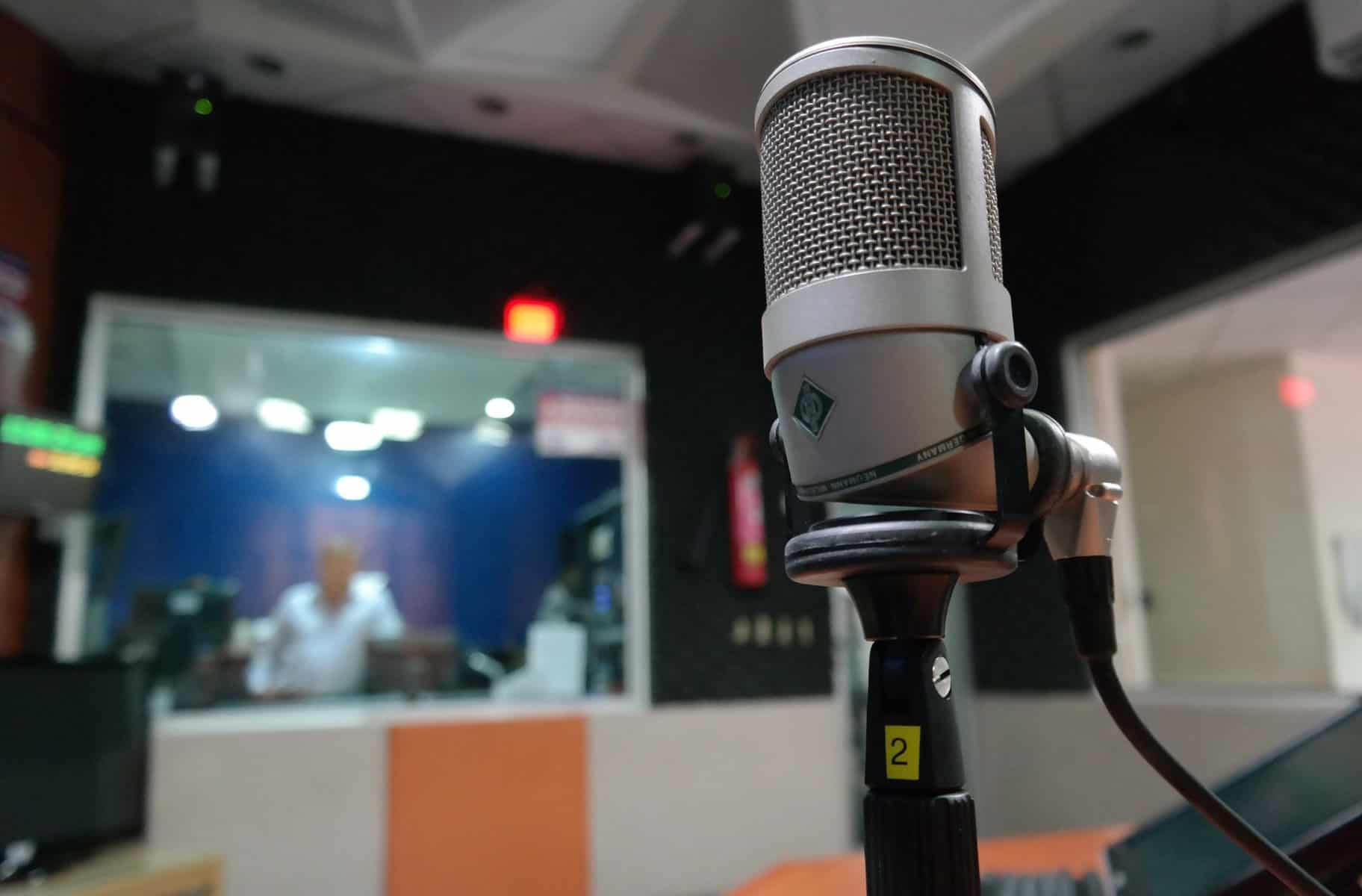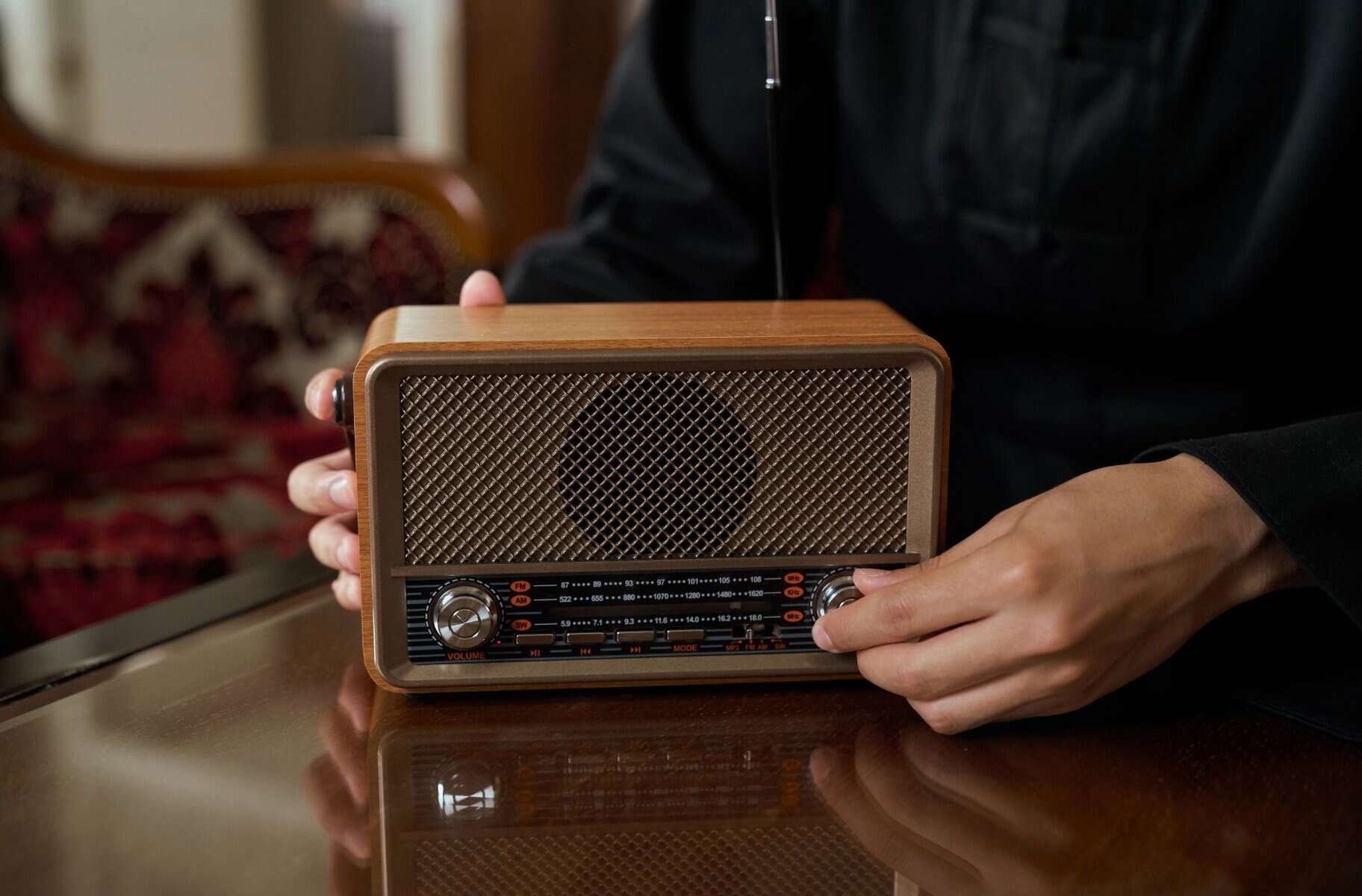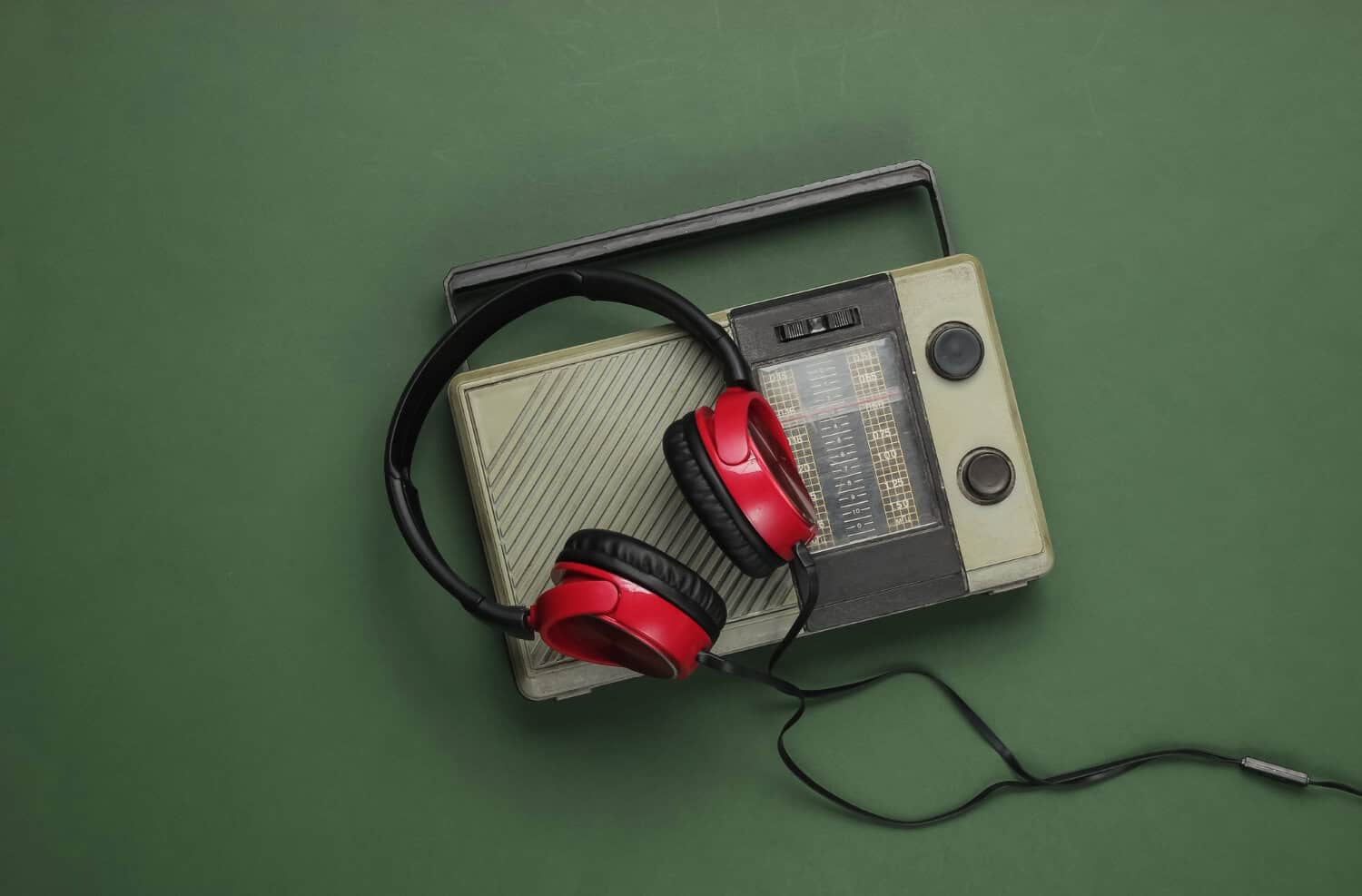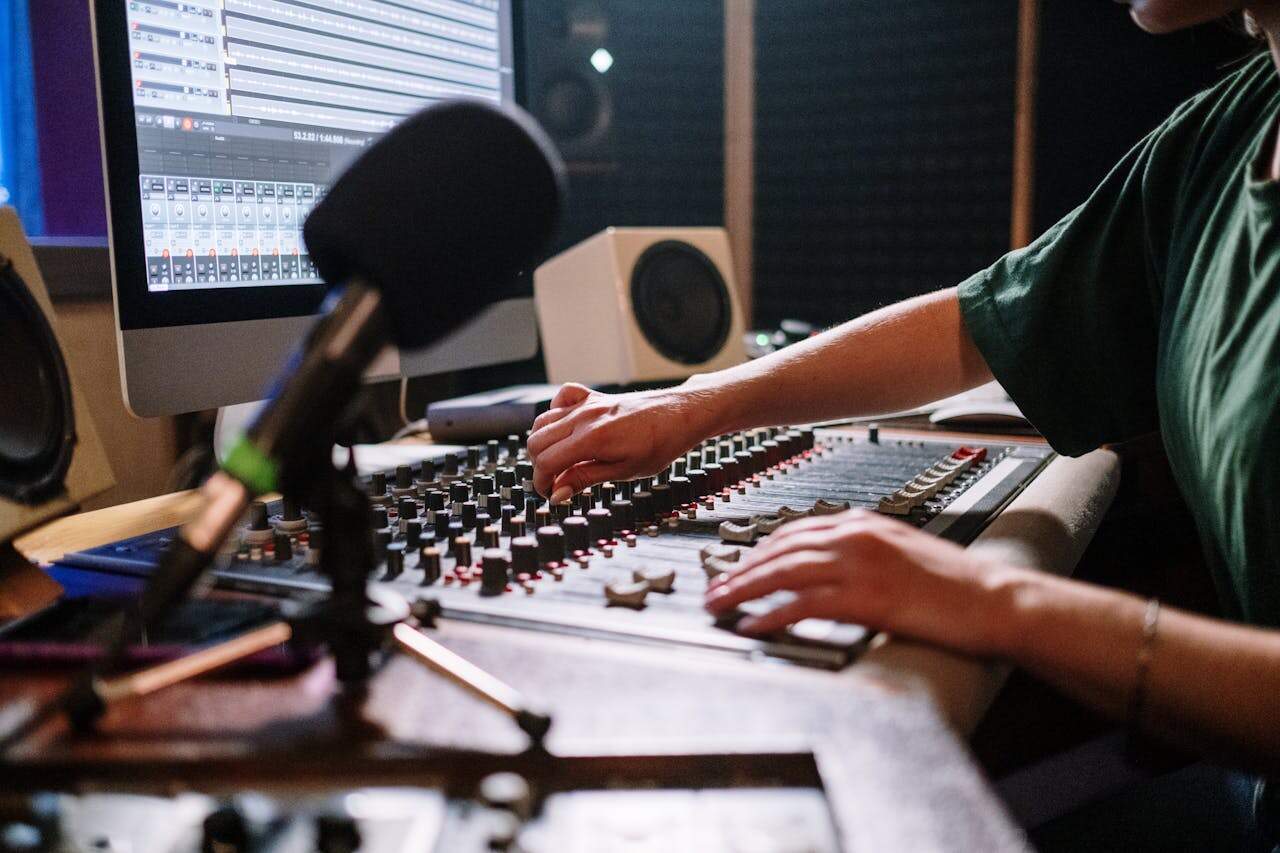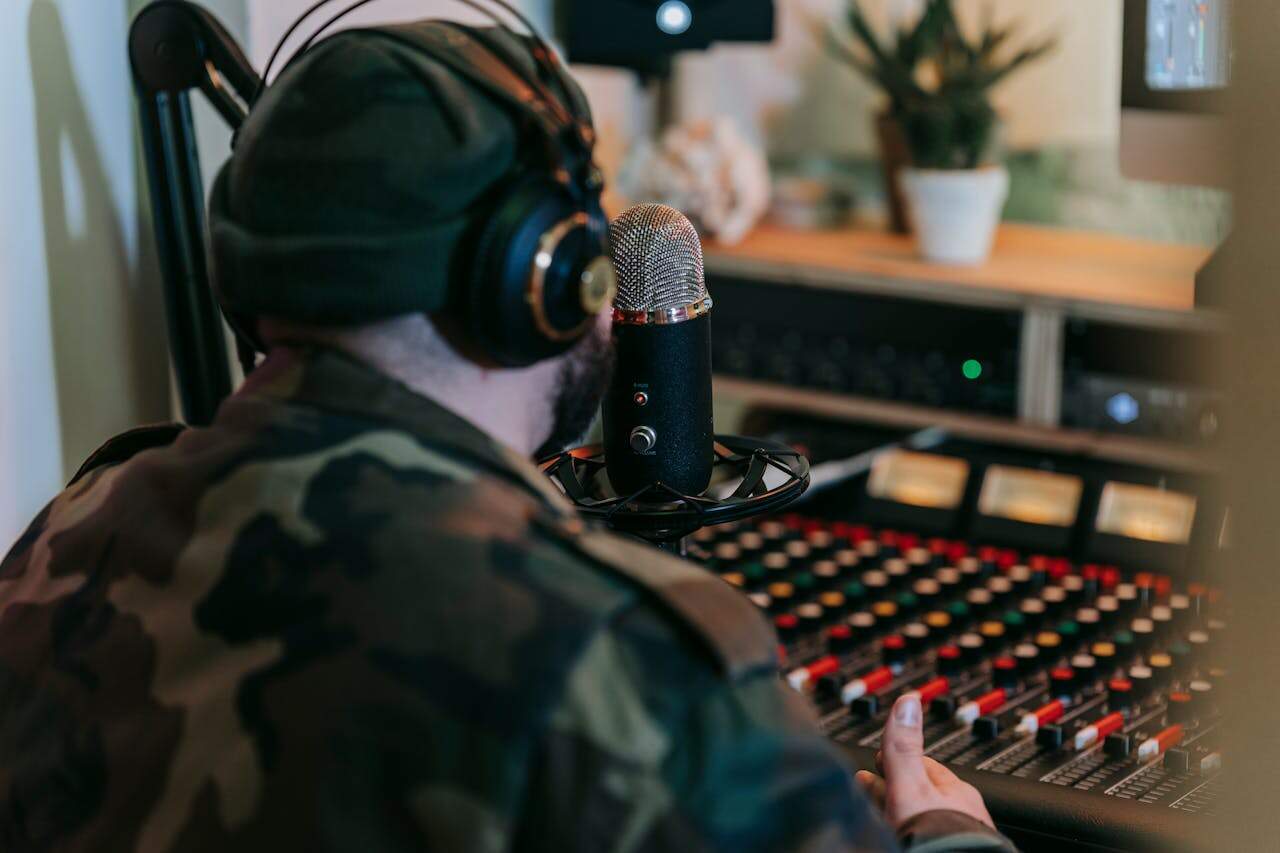The holiday season can crowd your Facebook feed fast. Between holiday sales, end-of-year messages, and wrapped-up family updates, everyone’s posting something. That makes it easy for ads to get buried, even if they’re good ones. If you’re running Facebook ads in December, standing out takes more than just a festive background or a big red font.
The good news is, a few smart choices can help your ads stay visible this time of year. Timing matters. So do visuals, sound, and knowing what people are actually doing while they scroll. This is where thinking differently helps. If you’re building video ads, using tools like a green screen studio rental in Cincinnati can give your team a creative advantage, especially when winter weather isn’t making outdoor shoots easy or fun.
If your ad is going to compete with all the scrolling, tapping, and skipping happening right now, it needs to stop people mid-scroll. That’s what we’re going to focus on: easy, smart ways to give your holiday ads a better shot this season.
Simple Timing Tricks That Make a Big Difference
Timing can be the difference between getting seen and getting skipped. During the holidays, Facebook users scroll at different times than usual. Whether they’re off work, traveling, or shopping at odd hours, the usual weekday patterns change. That means we need to change our timing with them.
• Post when people are waking up. Many are checking their phones in the morning before getting into gift shopping or errands. Ads posted early often get stronger engagement this time of year.
• Pay attention to “quiet” windows. Mid-week afternoons or evenings after dinner are good slots when fewer people are posting, but lots are scrolling. These can offer a solid chance to pop up on their feeds.
• Think ahead for sales and shipping peaks. Ads need to land before the last-minute rush. If you wait too long, you might miss the window completely. Running ads a step ahead of holiday deadlines keeps you top of mind.
Planning around these habits gives your content more breathing room, and that space makes a difference. A well-placed ad doesn’t need to shout, it just needs to show up when attention is available.
Holiday Looks That Catch the Eye
A strong visual makes people stop scrolling. That’s always true, but even more so during December. With so many images piling up, wrapping paper, snowy scenes, blinking lights, you have to find a way to stand out without blending into the holiday noise.
It’s not about making things louder. It’s about giving them a twist.
• Use color pops that feel festive but not overdone. Deep greens, cool blues, or soft metallics say winter without yelling “holiday ad.”
• Skip outdated or last-season clip art. Better visuals come from fresh setups and custom scenes, especially when you’re aiming for scroll-stopping quality.
• When outdoor shoots aren’t an option, that’s where a green screen studio rental in Cincinnati can come in handy. With the right setup, we can add anything from falling snow to a cozy living room without stepping outside. That makes production faster and smarter during colder months.
When the visuals fit both the season and your message, it feels natural. People stay with the ad a little longer, which gives your message a better chance of sticking.
Killerspots Agency delivers fast-turnaround creative and production services using a green screen studio in Cincinnati for brands looking to launch unique holiday campaigns. Our team combines in-house visual editors and post-production specialists to help your ads look and feel different even on crowded social platforms.
Sound That Stops the Scroll
Most people scroll with their sound off, but those who don’t usually stop longer when a good voice or jingle comes through clearly. Even if they’re just half-listening, the right audio makes an ad more real and more memorable.
• This is where jingles and soft seasonal audio help. A light tune with a calm, friendly voice can make someone pause, especially if everything else they hear is fast and loud.
• Think about sound markers, things like a soft snowfall effect, a fireplace crackling, or faint sleigh bells. These sounds are warm and familiar, and that makes people feel something even if they can’t name it right away.
• Pairing music or jingle elements with cozy visuals turns an ordinary ad into something that feels complete. When you match sound with a great image, the message has a better chance of being remembered.
This is where radio commercial techniques come into play. Clear voices, warm tones, and meaningful pauses all draw ears toward the message. It’s not about making noise, it’s about using quiet sound choices that connect with how people feel this time of year.
Test, Learn, and Adjust Before It’s Too Late
The holidays move fast. If you wait too long to test your Facebook ad pieces, you might run out of time to fix what isn’t working. That’s why we build room in the schedule to try new things early, even if they’re simple changes.
• Break ads into small parts so you can test what matters most, like headlines, images, or sound clips. You don’t need to switch everything, just the parts that aren’t landing.
• Rotate in new visuals weekly if older ones start to slow down. Most people don’t notice small swaps, but Facebook does. Fresh creative makes the platform keep paying attention.
• Ads with early results tell us most of what we need to know. If people are skipping past a message or not clicking a button, that’s a sign to shift quickly. Adjusting those small pieces can give a tired ad new life, even during the busiest weeks.
There’s no need to guess. By watching what works now, we can move with confidence through the busiest stretch of the season without losing time or momentum.
Holiday Ads That Keep Working
It doesn’t take flashy graphics or huge budgets to make an ad work through the holidays. Instead, it takes thoughtful timing, strong visuals, and a sound that feels right for the season. Each piece needs to speak clearly without shouting just to be heard above everything else.
When we plan smart, shoot with purpose, and listen for what people respond to, our ads stay visible longer. Tools like indoor filming or a green screen studio rental in Cincinnati help keep creative ideas flowing when the weather and schedule get in the way. And with some early testing and seasonal tweaks, our work gives people something worth pausing for.
This holiday season, ensure your Facebook ads stand out with vibrant visuals and perfect timing. Our modern green screen studio rental in Cincinnati at Killerspots Agency provides the ideal environment for capturing creative and engaging content no matter the weather. Partner with us to elevate your ads with stunning imagery and compelling sound that resonate with your audience. Contact us today to start creating holiday campaigns that leave a lasting impression.






